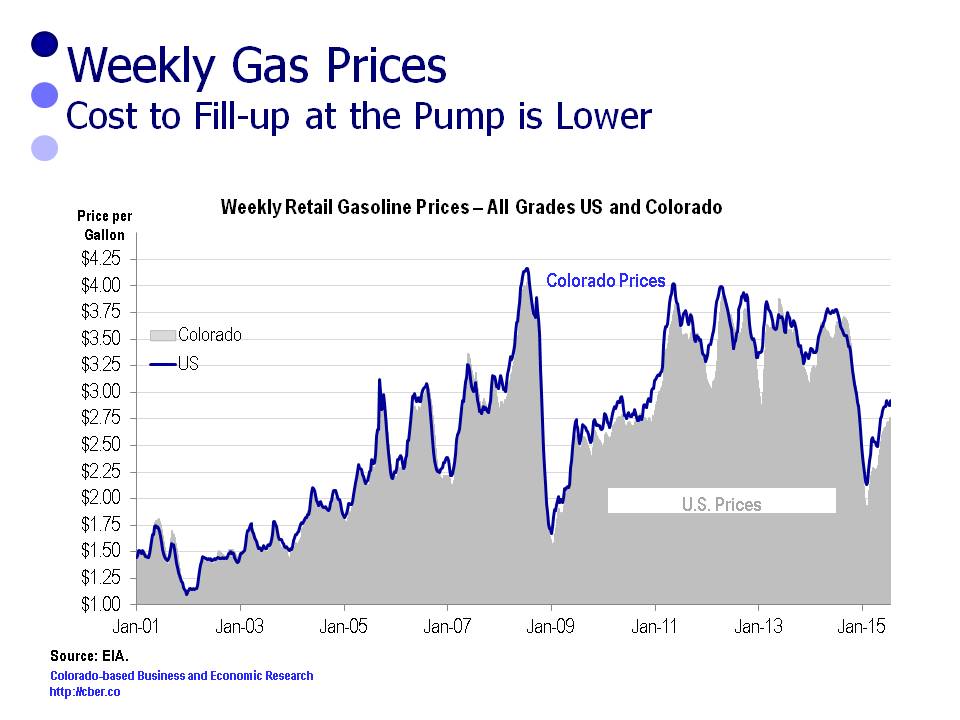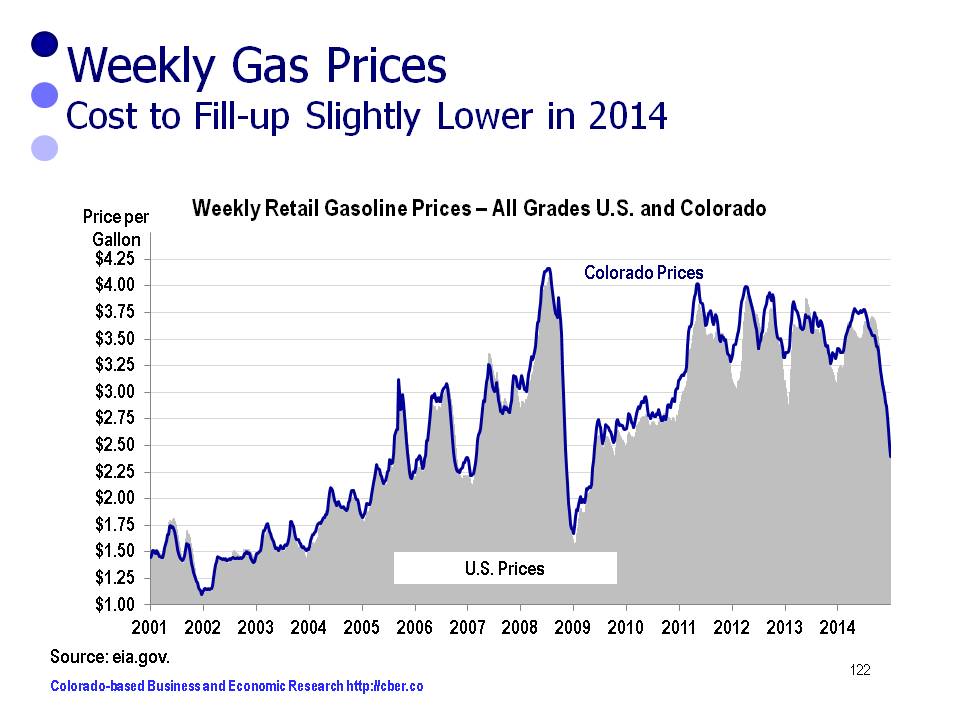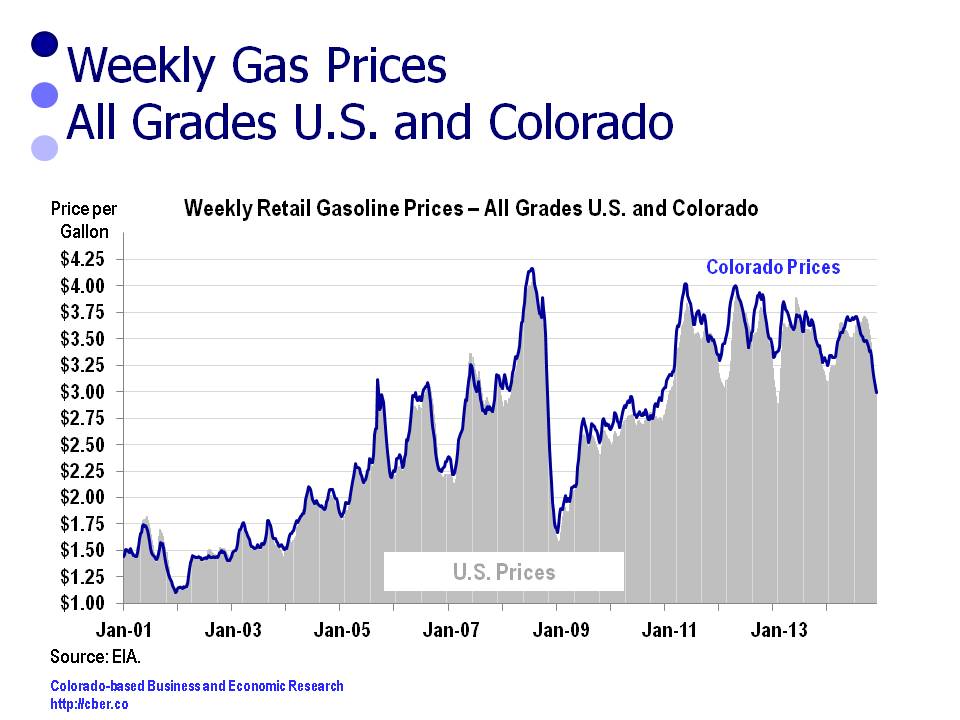As the August 2 “deadline” for the debt ceiling approaches there is an abundance of articles, discussions, blogs, and editorials discussing the future of the economy. Most are dismal.
Housing – In 50 words or less, the housing market is dismal. Gary Shilling, Forbes economist, says it will drop another 20% next year. While that may not be the case in many locations, it is unlikely that Colorado will see appreciation in housing prices next year. Time, not stimulus, is the solution to the problem. Unfortunately this points to continued budget woes for schools, special districts, and local governments.
The 2012 Elections – Part of the posturing related to the debt ceiling debate has been centered around the creation of sound bites for the 2012 election. Get your wading boots on for a campaign season that will make previous ones look like a walk in the park. The advertisements and campaign speeches for the upcoming elections are likely to leave the electorate with even greater angst for our elected officials.
Investment Options are LImited – QE2 propped up the stock market for a few months, and temporarily raised consumer confidence. For the near-term, interest rates are miniscule, return on investments are low, commodity prices have fallen off. Did we mention that the housing market has tanked? There are few investment options for consumers.
Fuel Prices, One Example of Inflation – Fed Chairman Bernanke was correct when he said that the price of oil would drop. He forgot to mention that it would occur at summer’s end and it would be accompanied by a decline in the price of other commodities. The price for a tank of gas remains well above $60. Gasoline prices are just one example of inflation that will constrain consumer confidence in the months ahead.
China – The Chinese economy remains strong, but it is slowing. As their consumption decreases, there will be a corresponding decline in the demand for American goods. Like it or not, we are in a global economy and the expansion of U.S. output hinges on foreign consumption.
Unemployment Rate – In Colorado the rate has declined, which is good news. Unfortunately, there are about 230,000 people who are still not working. This is a double whammy. They are receiving financial assistance to reduce their chances of becoming destitute and they have reduced their consumption. As well, older workers are remaining in the workforce because of uncertainty about such federal assistance programs as Medicare and Social Security. This has reduced job opportunities for younger workers, which has multiple negative implications on future economic growth.
At times the dismal news makes it sound like the world is coming to an end tomorrow, fortunately that is not the case. As bad as the economy may seem, the country remains in a growth mode (barely). Despite our current economic and political challenges, the U.S. and Colorado continue to be a great place to live, work, and play.
©Copyright 2011 by CBER.





